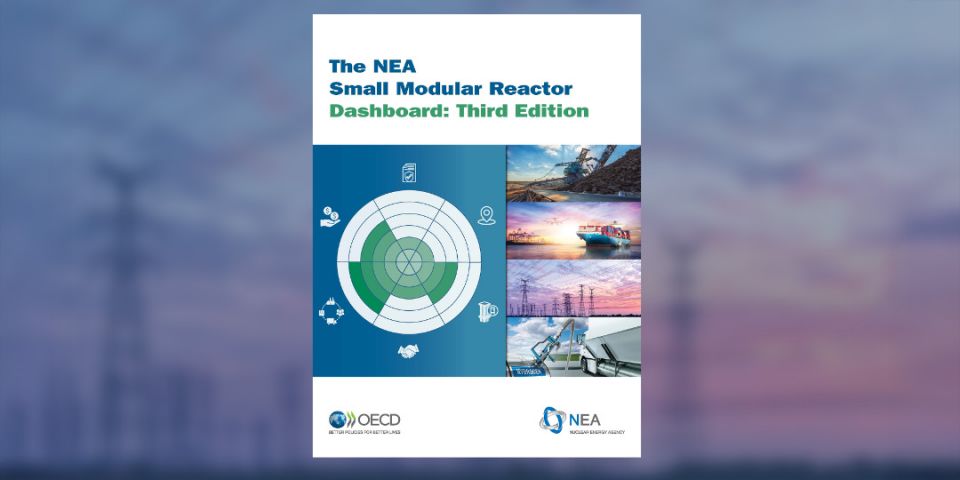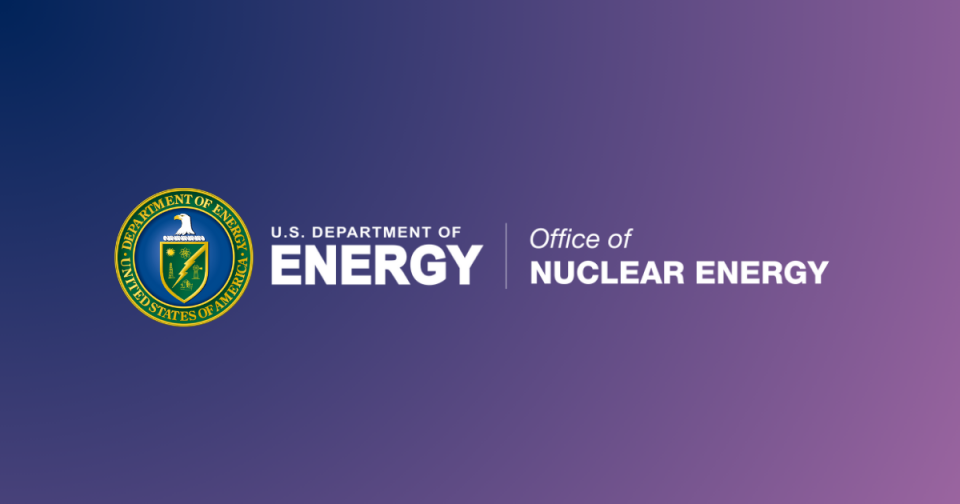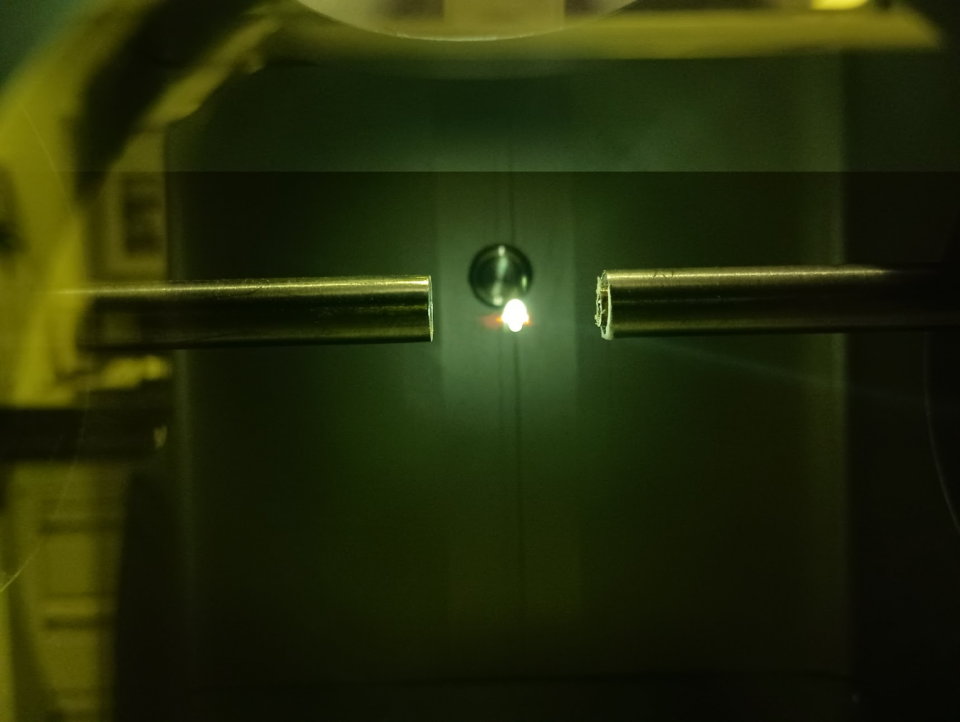Business focused approach to molten salt reactors
I've been listening to an evangelical group of molten salt reactor enthusiasts for several years. Their pitch is attractive and they often make good arguments about the value of rethinking the light water reactor technology model, but most of the participants are unrealistic about the economic, material, technical, and regulatory barriers that their concepts must overcome before they can serve market needs.
Recently, I recognized that there are some companies interested in molten salt reactors that have a better-than-expected chance of success. They are led by hard-nosed, experienced businessmen with a balance between entrepreneurial optimism, a firm grasp of commercial technology requirements, and sound financial strategies.
One example is Terrestrial Energy, Inc. (TEI), a start-up company founded in 2013 and headquartered in Ontario, Canada. The officers and board of directors have the kind of heft and broad industry experience that reassures investors.
David LeBlanc, the chief technology officer and inventor of the firm's basic technology, understands the need to take measured steps that take advantage of new ideas while using as much existing supply infrastructure as possible.
One of the key attractions of molten salt reactors over traditional water-cooled reactors is the ability to operate the radioactive portions of the system at atmospheric pressure. The fissionable material is dissolved in a chemical salt that has a boiling point in the range of 1400 ºC, so it operates as an atmospheric pressure liquid with a substantial margin at an operating temperature that can provide steam temperatures of 550-600 ºC.
In contrast to reactors where the fuel is composed of solid oxide pellets sealed into corrosion resistant cladding, molten salt reactors can be designed to allow fission product poisons to migrate out of the areas of high neutron flux, thus allowing a large portion of the neutrons to convert fertile materials into fissile isotopes to improve fuel economy.
The liquid fuel form allows a substantially higher burnup before reaching a condition where the core can no longer be used to produce heat; fuel pin swelling and cladding pressure are no longer operational concerns.
The integral molten salt reactor (IMSR) that LeBlanc has developed includes several key features that set it apart from some of the fanciful reactors that enthusiasts promise will extract 50-200 times more energy per unit mass of fuel using thorium "superfuel" than is possible using the conventional light water reactor fuel cycle.
One key feature is that the TEI's IMSR uses low enriched uranium. Here is the logical explanation for that choice, quoted from TEI's web site:
Other MSR development programs, including the extensive original U.S. program from the 1950s to 1970s, are generally focused on two key objectives: i) to use thorium-based fuels, and; ii) to "breed" fuel in an MSR-Breeder reactor.Terrestrial Energy intentionally avoids these two objectives, and their additional technical and regulatory complexities, for the following reasons. Thorium is not currently licensed as a fuel. Liquid thorium fuels are the nuclear fuel equivalent of wet wood. Wet wood cannot be lit with a match; it requires a large torch. That large torch must come in the form of, for example, highly enriched uranium (HEU). Such a torch has no regulatory precedent in civilian nuclear power.
Furthermore, the use of proposed thorium fuel with HEU additive leads to valid criticisms of the proposed reactor's proliferation and commercial credentials. The thorium fuel cycle would require its own involved regulatory process to become licensed for use on a wide commercial basis. The liquid uranium fuel of an IMSR can be lit easily, it is dry tinder.
Another key design decision was based on LeBlanc's desire to avoid the complications of repairing systems or components that have been contaminated by direct exposure to molten fuel salts. The reactor, primary salt pumps, and primary heat exchangers are sealed into a single tank. There are redundant components inside the sealed boundary; replacement vice repair is the planned strategy.
Each reactor is designed to last for seven years of full power operation, but the reactor container has little in common with the thick-walled pressure vessels common in water-cooled reactors. The IMSR core is more like a single use, replaceable fuel cartridge that is inserted into a designed, shielded cavity in the power plant. There will be an empty cavity during initial startup, and after the initial core has completed its cycle, a replacement core unit is placed in the adjacent cavity. Secondary coolant lines and power production are then switched over to the new unit. The original unit thus has seven years of cooling before being moved to long-term storage to make way for a third core unit.
Refueling operations will be similar to those currently conducted. Instead of lifting individual fuel bundles, the whole core will be removed as a single unit. Instead of putting used fuel into deep pools of water, the sealed core units will be placed into shielded, cooled cavities.
As a consequence of the molten salt core, the same basic design can be arranged to produce a variety of power levels without redesigning the fuel or changing the fuel manufacturing tooling. The initially planned product lineup will include three reactor sizes scaled to produce between 29 and 290 MWe.
Steam conditions available from using a higher temperature reactor enable the use of compact, efficient superheated steam turbines instead of the larger saturated steam turbines more common in nuclear applications.
TEI investigated several possible headquarters alternatives and then selected Ontario, Canada, as having the best combination of available expertise, a sound manufacturing infrastructure, and a well-qualified nuclear regulator that uses a performance-based licensing system offering a quicker approval path for an innovative design than is available in the United States.
TEI has successfully passed through two phases of development and capital raising. Its second round of funding was significantly over-subscribed, attesting to the high level of interest in the technology and the recognized competence of the company's management.
There is every reason to be skeptical about the chances for success for any new nuclear technology. Many readers here have heard dozens of stories before and often refer gushing salespeople to Rickover's document on paper reactors versus real reactors. LeBlanc and his team appear to have done at least as much homework before becoming as actively public as Rickover and his team; their innovations seem well-informed, realistic, and well-timed.
It's taken me several meetings and a good bit of additional reading about both the company and the technology before I reached the stage at which I was willing to share its story with a moderate endorsement. I'm now confident that there is no risk to my reputation from saying that Terrestrial Energy, Inc. is a company with an intriguing plan that is worth a look and a listen.
 Rod Adams is a nuclear advocate with extensive small nuclear plant operating experience. Adams is a former engineer officer, USS Von Steuben. He is the host and producer of The Atomic Show Podcast. Adams has been an ANS member since 2005. He writes about nuclear technology at his own blog, Atomic Insights.
Rod Adams is a nuclear advocate with extensive small nuclear plant operating experience. Adams is a former engineer officer, USS Von Steuben. He is the host and producer of The Atomic Show Podcast. Adams has been an ANS member since 2005. He writes about nuclear technology at his own blog, Atomic Insights.







